Just How Good Was Brit Ollie Bearman's F1 Debut With Ferrari?
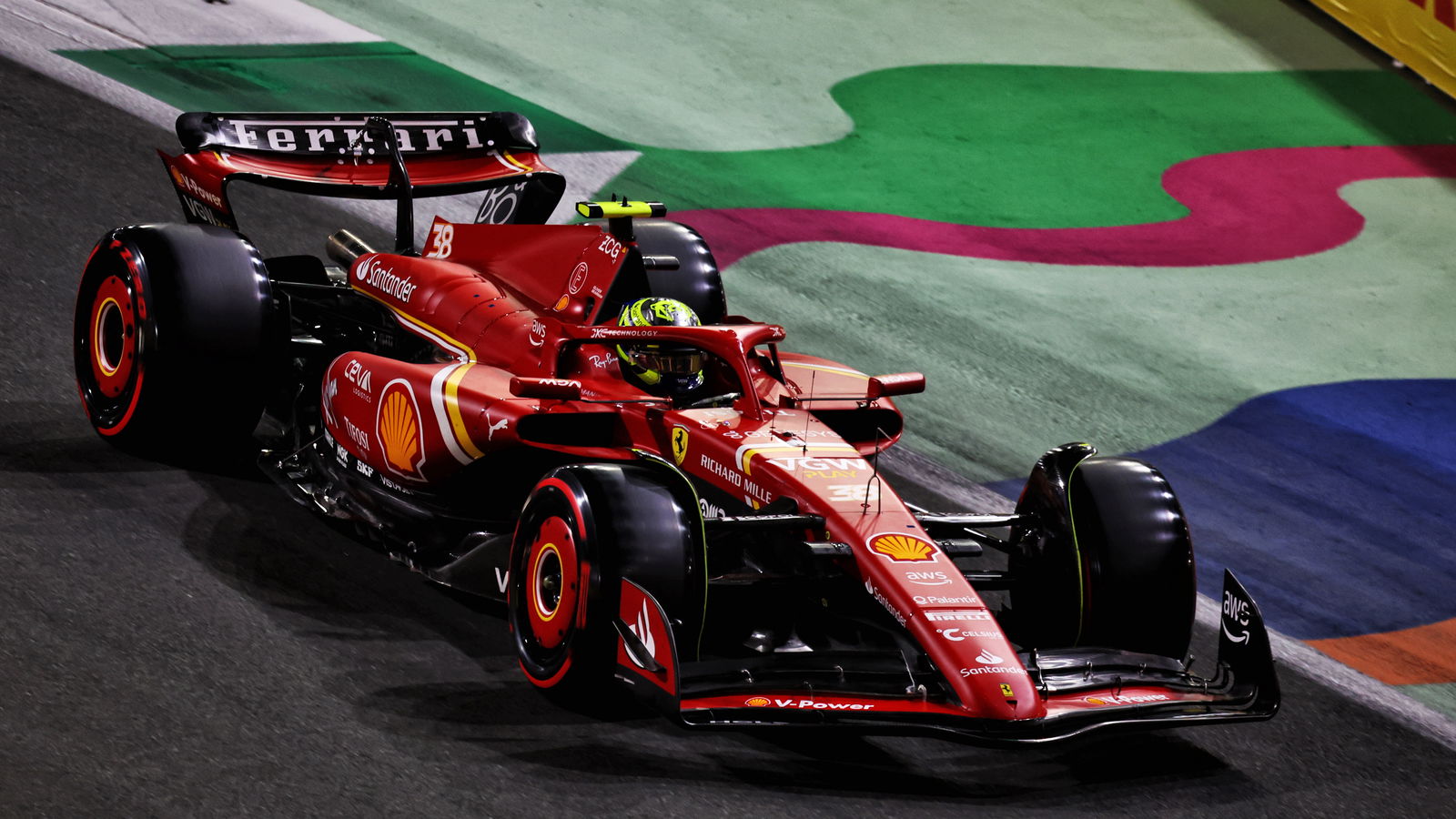
While Max Verstappen strolled to victory, as per usual, in the Saudi Arabian Grand Prix, the focus for much of the race weekend was on the latest rookie to join the grid. At just 18 years old, British driver Oliver Bearman had just a few hour's notice to prepare for his Formula 1 debut, after regular Ferrari driver Carlos Sainz had to be rushed into surgery for appendicitis.
Bearman qualified in 11th place and finished the race in seventh, scoring points on his debut. His teammate Charles Leclerc finished the race on the podium in third. So should Bearman be pleased with his debut, or should he have finished further up in a car clearly capable of more?
Under Pressure
There are a number of factors to consider. Firstly, Bearman is very young. At 18 years and 305 days, Bearman is the third youngest driver to start a race ever, behind only Max Verstappen and Lance Stroll. Regardless of skill level, there’s a level of maturity required to be an F1 driver – not just to drive, but to deal with the pressure.
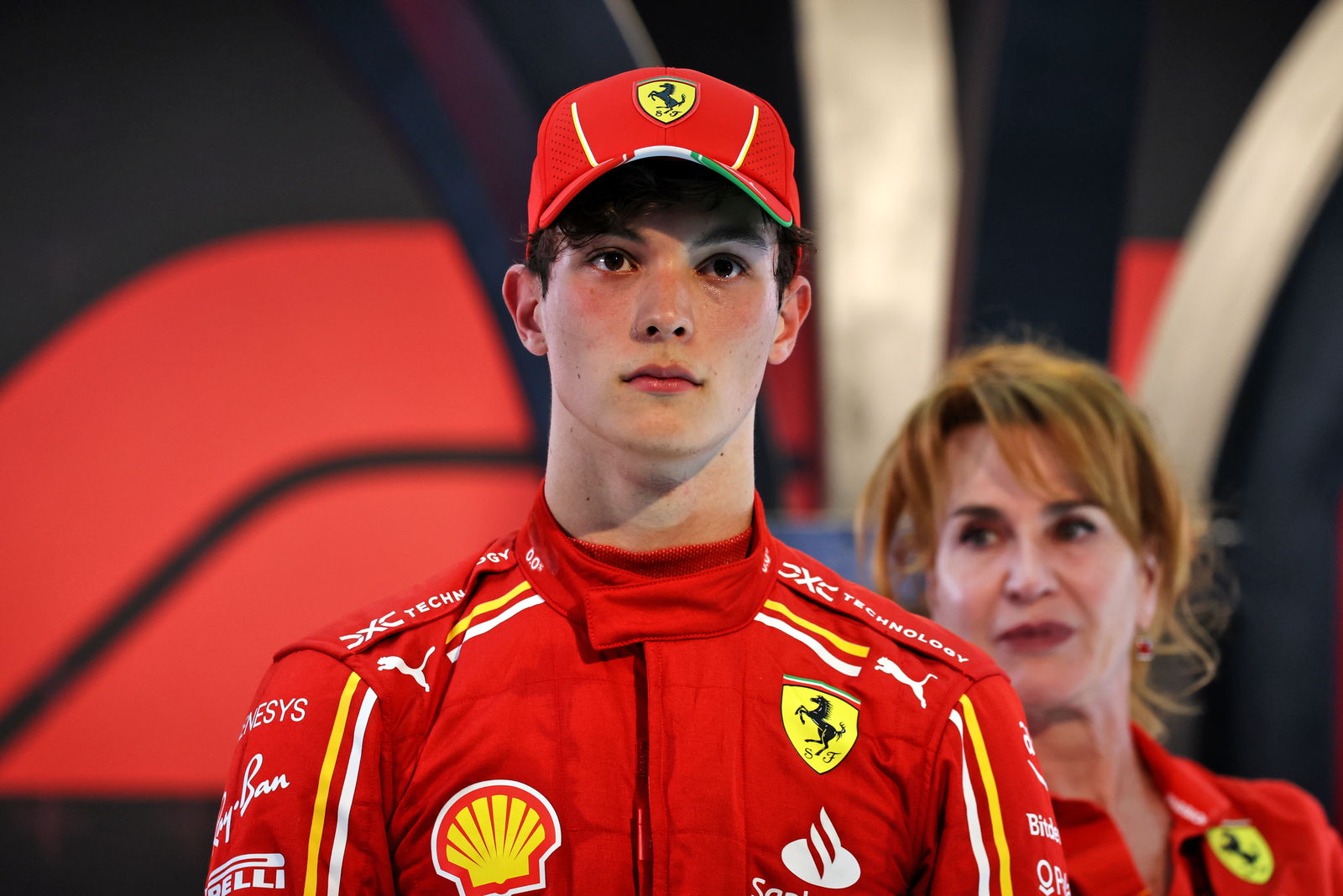
Any new F1 driver will be subject to a level of scrutiny that they’ve never experienced before, let alone when drafted in unexpectedly, and let alone when racing for the most successful team in F1 history. Bearman will have never experienced the level of media interest directed his way before, and to be able to deal with constant media and sponsor requests while still focusing on his new and unexpected task is hugely impressive.
As if that wasn’t enough, this was Bearman’s big chance to impress the F1 world. Seats in the top tier of motorsport are few and far between and this is a golden opportunity that many racers would kill for. If Sainz recovers quickly, it might be the only opportunity he gets to impress. No pressure, but also ALL THE PRESSURE.
The Car
Then there’s the car. Bearman has an impressive racing record, with numerous international karting titles to his name, a third in the 2022 F3 championship and a couple of Formula 4 titles. The call to join Ferrari came the morning after he’d secured pole for the Saudi Formula 2 race. He’s clearly a very good driver.
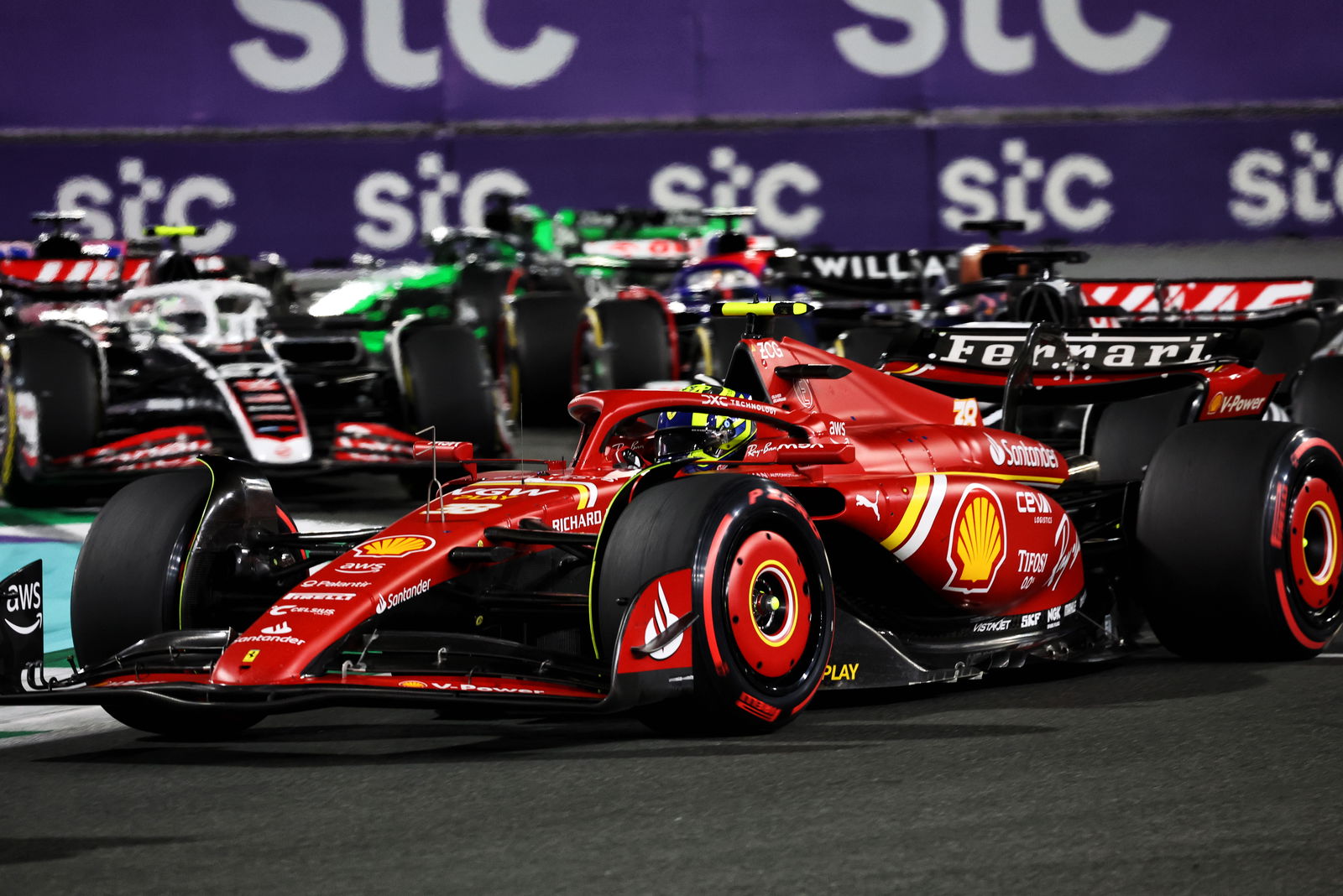
But the cars he’s driven up until now have nothing on an F1 car. An F2 car is a spec chassis built by Dallara, while Ferrari’s SF-24 is entirely bespoke for the team, with every component honed to the Nth degree.
While Bearman has driven several F1 cars in tests and practice sessions, he’d never raced one before, and he’d never driven the SF-24 before. He had just a single hour of practice to get to grips with the Ferrari’s extra pace (around 10 seconds a lap faster than an F1 car), its handling characteristics, the different and very tricky tyre requirements and the myriad systems that he needs to control and adjust during every lap. Then it’s straight into qualifying around an extremely fast street track with very little margin for errors.
The physicality
Aside from the technical complexity of an F1 car, which far exceeds anything else Bearman has raced, there’s a level of physicality that he won’t have experienced before. The G forces F1 drivers experience are extreme – not only did he have to get used to concentrating while the extra cornering speed tried to pull his head off, but he also had to do it for more than 80 minutes. Formula 2 races only last for 60 minutes.
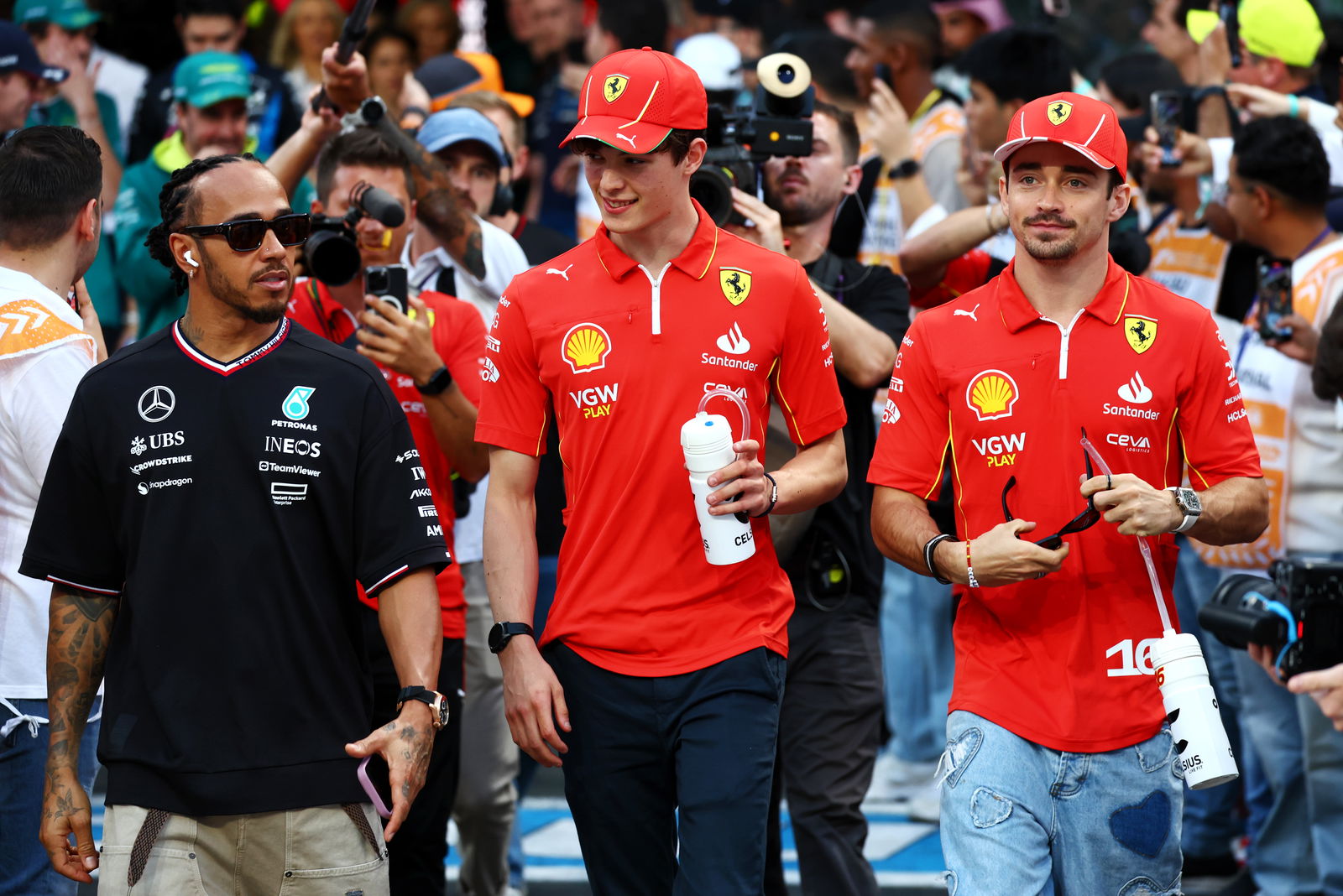
Bearman requested modifications to the Ferrari’s headrests to make himself more comfortable, and images at the end of the race showed the deformation of the bolsters from the pressure exerted by his head. Bet his neck’s sore for a few weeks.
The strategy
McLaren’s Oscar Piastri, who is a very highly regarded young driver and was a rookie last season. While he often outqualified his teammate Lando Norris last year, he often trailed in the Grands Prix as he tried to get used to the intricacies of Formula 1 tyres, which need to be treated in very specific ways to get them to work at their best. Being a good driver isn’t enough in F1 – in a lot of ways, there’s no substitute for experience.
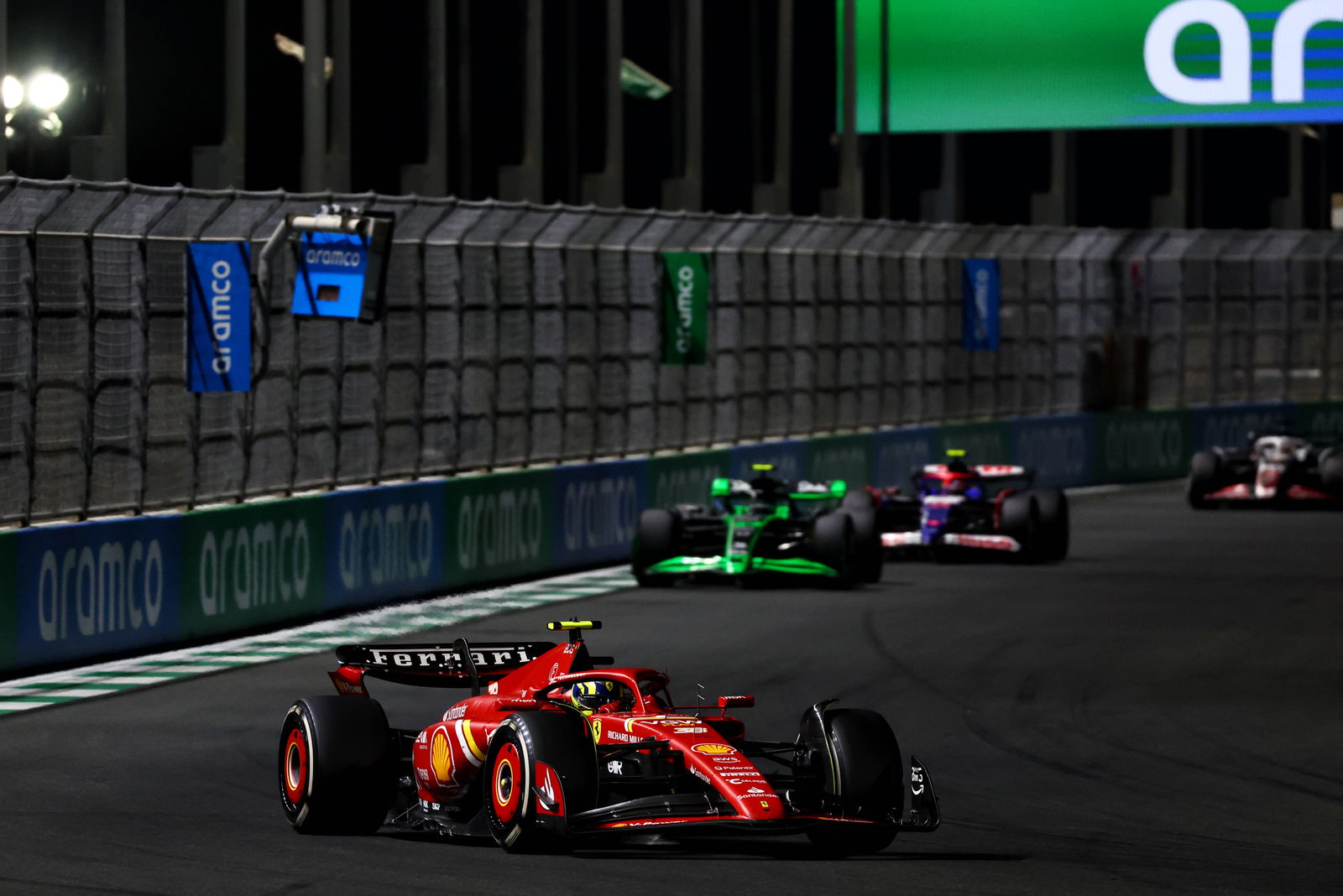
So for Bearman to figure out the limits of the soft tyre in qualifying to come within a whisker of knocking out Lewis Hamilton and make Q3 was genuinely impressive. For him to then manage the tyres in the race while still pulling off some excellent overtakes, and then hold off the charges of Norris and Hamilton in the closing stages, is magnificent.
Clearly, the car is capable of more, as Leclerc proved. But Leclerc has started 125 Grands Prix over seven years – roughly 185 hours of racing. Bearman has done less than 90 minutes and finished only 24 seconds behind his teammate.
TLDR: Yes, Ollie Bearman was fantastic, overcoming all manner of challenges to deliver a very impressive result. It’s hard to really see where he could have realistically improved under the circumstances. He’s surely put himself in the hat for future F1 seats that become available, and he may well have forced other F1 teams to look more closely at up-and-coming hotshots, rather than relying on the same old faces.



Comments